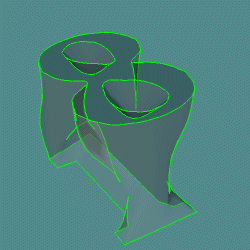
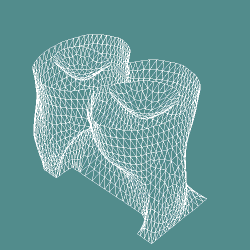
Ryutarou Ohbuchi
Yamanashi University, Yamanashi, Japan.
Shigeo Takahashi
Gunma University, Gunma, Japan.
Yoshiyuki Kokojima
Gunma University, Gunma, Japan.


We have been working on a new geometric
morphing algorithm for polygons and polyhedrons.
The algorithm is capable of morphing between
shapes having different genera, e.g., between
a sphere and a torus, with little intervention.
At the same time, the algorithm offers powerful
control over the morphing process; for example,
user-specified evolution of topology, vertex-to-vertex
feature correspondence, representation of
both smooth and sharp features, user-specified
deformation of shapes during the morph, and
spatially non-uniform progress of the morphing.
Our algorithm directly interpolates vertices
of polyhedral source shapes by using subdivision
surfaces. The algorithm employs variational
optimization to produce (N+1)-dimensional
subdivision surfaces by treating vertices
of the N-dimensional polyhedrons as geometric
constraints. For example, three-dimensional
(3D) polyhedrons are interpolated by four-dimensional
(4D) subdivision (hyper-)surfaces. Morphed
shape can be extracted by intersecting the
subdivision surfaces with another (N+1)-dimensional
surface. Smoothness of subdivision surface
gives us smooth shape transitions while manipulability
of the subdivision surfaces gives us powerful
control over the morphing, which include
feature correspondence and shape transition
control
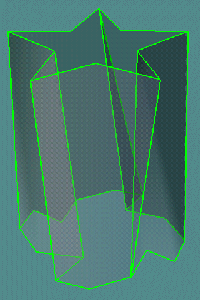
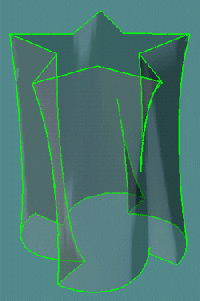
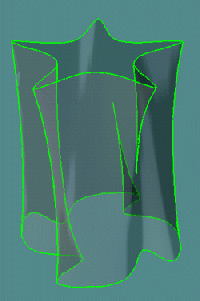
 Topological transition control
Topological transition control Spatial transition control
Spatial transition control 3D morphing
3D morphing